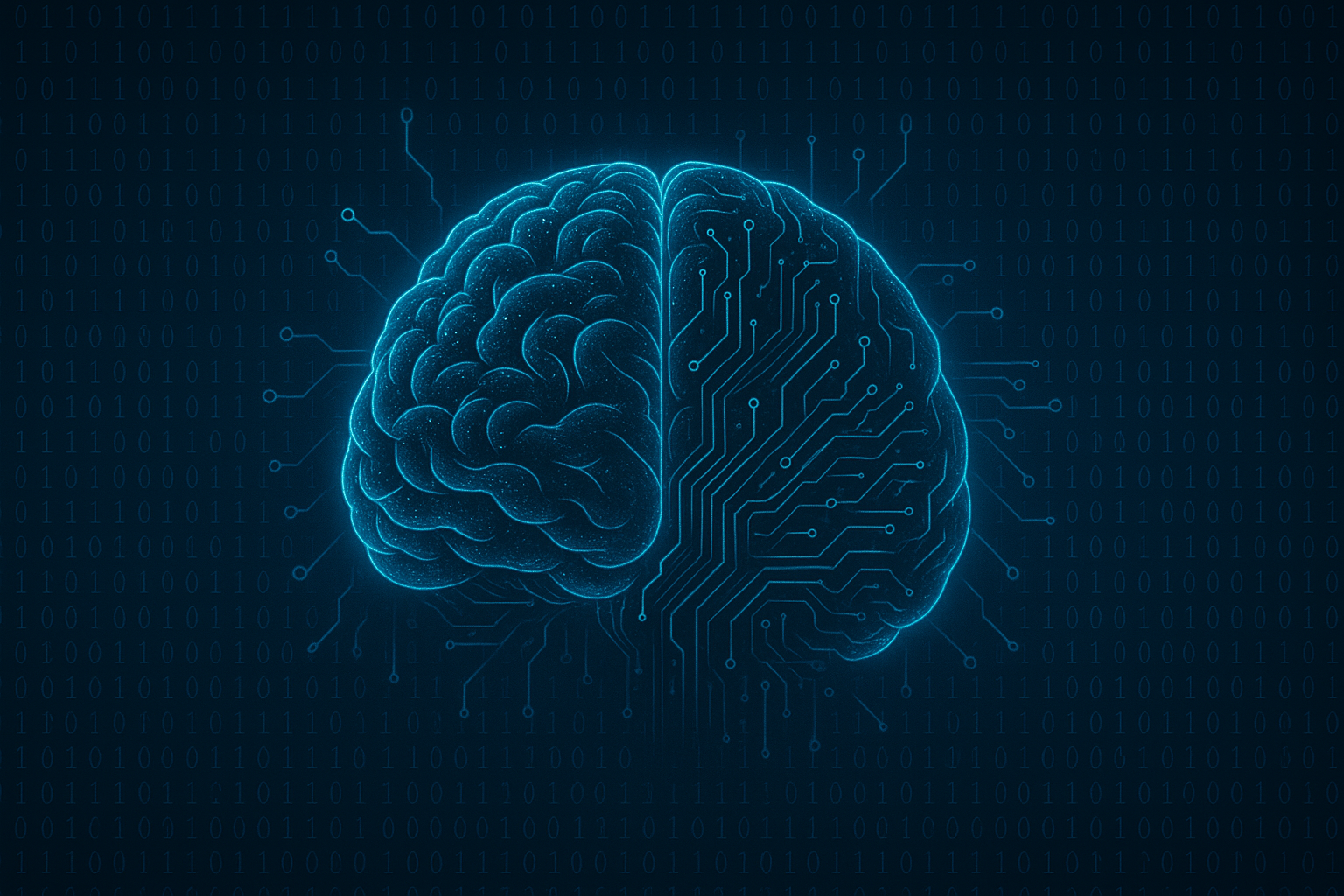Let’s be honest. The idea of ditching this fragile meat sack we call a body and living forever as pure data sounds ripped straight from a sci-fi script. Shows like Black Mirror’s “San Junipero” paint a picture of digital heaven, while others like Altered Carbon explore the grittier side of swapping sleeves. But beyond the Hollywood gloss, could there be a kernel of truth? Could we actually cheat death by uploading our minds to the cloud?
Welcome to the mind-bending world of digital immortality and mind uploading. In simple terms, it’s the hypothetical process of transferring a human consciousness from its biological brain into a digital substrate – a computer, a network, the metaverse, you name it. The goal? To achieve a form of immortality, free from disease, aging, and the messy limitations of biology.
It’s the ultimate life hack, the final frontier of human ambition. But is it a plausible future, a philosopher’s thought experiment, or just a dangerous fantasy fueled by our primal fear of the void? Can we truly capture the essence of “you” – your memories, personality, quirks, and all – in lines of code? Or would we just be creating sophisticated puppets, digital ghosts mimicking life without truly experiencing it?
This isn’t just about technology; it’s about the very definition of self, the nature of consciousness, and the ethical chaos that unleashing digital immortality could trigger. Join us as we dive deep into the tech, the philosophy, the ethical minefield, and the unsettling reality of where we actually stand on the path to living forever online.
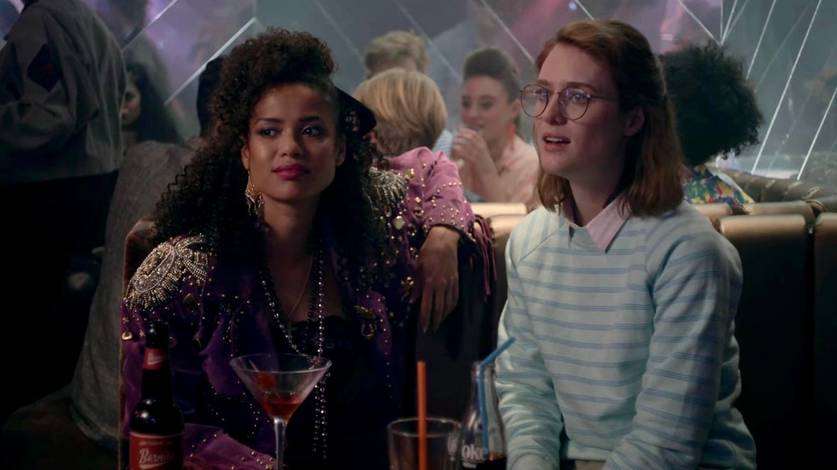
Black Mirror: “San Junipero” (S03 E04)
Uploading 101: How Would We Even Do That?
So, how does one theoretically make the leap from flesh to file? The core idea hinges on a concept called substrate independence. This philosophical viewpoint, popular in functionalist theories of mind, suggests that consciousness isn’t tied to the specific biological stuff (neurons, chemicals) but rather to the complex pattern of information processing that stuff performs. If the pattern is the key, then maybe, just maybe, we could replicate that pattern on a different substrate, like a powerful computer. Source: Chalmers, David J. “Mind Uploading: A Philosophical Analysis”
Two main hypothetical methods dominate the discussion:
Method 1: Scan-and-Copy (The Digital Twin)
Imagine taking an incredibly detailed snapshot of your brain. This isn’t your average MRI; we’re talking about mapping every single one of your roughly 86 billion neurons and their trillions of connections – the connectome. Proponents envision technologies capable of scanning this intricate network with synaptic-level precision, capturing not just the structure but also the functional state of each connection at a given moment. Source: The Conversation, “Can you upload a human mind into a computer?”
Once this massive dataset is acquired, the next step is whole brain emulation (WBE). You’d essentially run this brain map as a simulation on immensely powerful hardware. The simulation would mimic the electrochemical signaling of your biological brain, and voila – a digital version of your consciousness boots up online.
The hurdles? Astronomical. Achieving the necessary scanning resolution without destroying the brain is one challenge. Capturing the dynamic state, not just static structure, is another. And the sheer computational power needed to simulate a human brain in real-time is currently far beyond our reach.
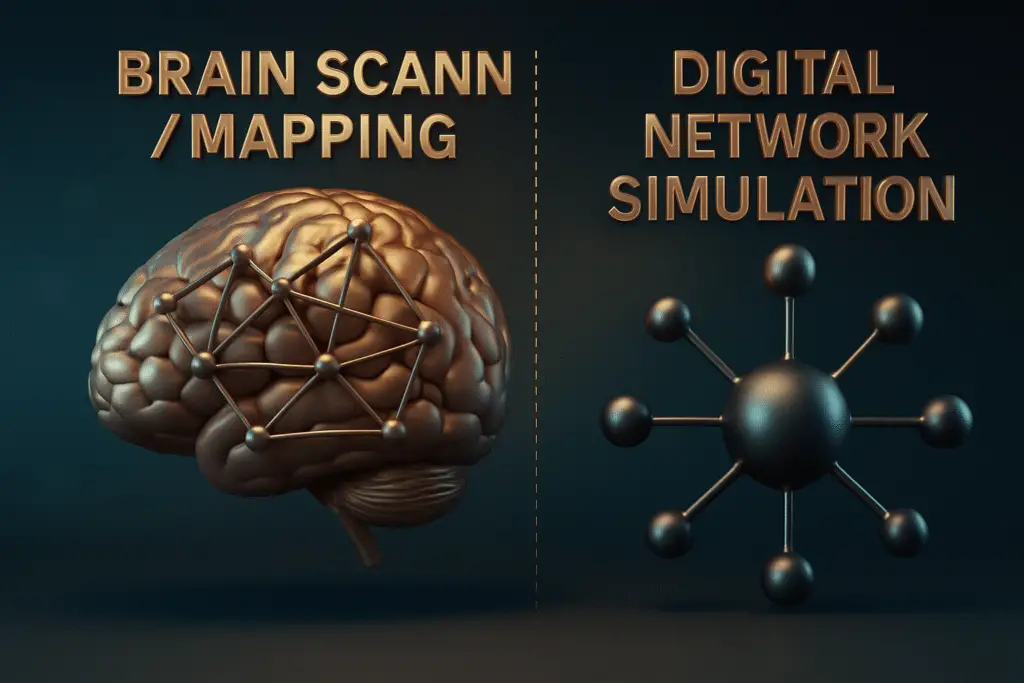
Method 2: Gradual Replacement (The Ship of Theseus Dilemma)
This approach feels slightly less like a copy-paste job and more like a slow transformation. Imagine tiny nanobots swimming through your brain, gradually replacing each biological neuron with a synthetic counterpart that performs the exact same function. Over time, your entire brain would transition from biological to artificial, neuron by neuron.
Proponents argue this method might preserve the continuity of consciousness, avoiding the “copy problem” of the scan-and-upload method. Your sense of self would, theoretically, persist throughout the gradual transition. However, this immediately brings up the classic Ship of Theseus paradox: if you replace every plank of a ship, is it still the same ship? If you replace every neuron, is the resulting mind still you?
Both methods rely heavily on the functionalist assumption – that the pattern, not the biological material, is what constitutes the mind. If biological essentialism is true, meaning consciousness is intrinsically tied to our specific biology, then neither method would transfer your consciousness, only create a sophisticated imitation or a new, different entity. Source: Neuroscience of.com, “The Neuroscience of Mind Uploading”
The Tech Check: Are We Building Heaven or Just Better Toasters?
Okay, so the theoretical blueprints exist, sketched out in philosophical papers and sci-fi novels. But how close are we really to plugging ourselves into the matrix? Let’s look at the actual tech landscape.
Progress in neuroscience is undeniable. Initiatives like the Human Connectome Project and the BRAIN Initiative have made huge strides in mapping the brain’s intricate wiring. We’re getting better at understanding neural pathways and activity. However, mapping the static structure is leagues away from capturing the dynamic, ever-changing state of a conscious mind, let alone simulating it.
Then there’s the brute force problem: computing power. Simulating a human brain, with its billions of neurons and trillions of connections firing in complex patterns, would require computational resources that dwarf anything existing today. We’re talking exabytes upon exabytes of data and processing speeds that make current supercomputers look like pocket calculators. While Moore’s Law gave us exponential growth for decades, it’s slowing down. Quantum computing holds promise, but it’s still largely experimental and its applicability to brain simulation is uncertain. Source: The Conversation, “Can you upload a human mind into a computer?”
Artificial intelligence plays a crucial role, particularly in analyzing brain scan data and simulating neural networks. AI can recognize patterns and mimic certain cognitive functions. But let’s be clear: today’s AI, even sophisticated large language models, are expert pattern-matchers, not conscious entities. Creating an AI that can run a simulated brain is one thing; creating an AI that is a conscious brain is another challenge entirely, possibly an insurmountable one.
So, who’s actually working on this? You have organizations like the Carboncopies Foundation promoting discussion and research, and various academic labs exploring brain mapping, neural interfaces, and computational neuroscience. [Source: Carboncopies Foundation website or relevant academic publications – Need specific citations]. However, most serious researchers focus on understanding the brain or treating neurological disorders, not achieving digital immortality.
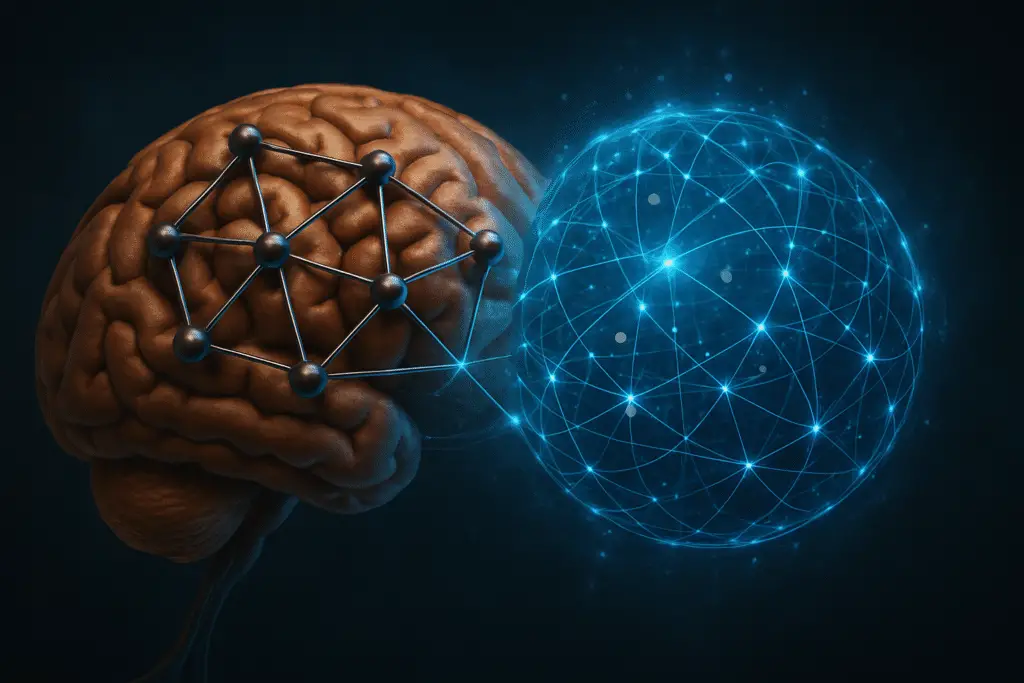
The reality check? We’re not even close. While the building blocks – neuroscience, computing, AI – are advancing, the scale, complexity, and fundamental understanding required for mind uploading remain firmly in the realm of speculation. We’re currently better equipped to build advanced toasters than digital heavens.
The Ghost in the Machine: Is the Digital Copy Really You?
Let’s assume, just for a moment, that we overcome the colossal technological hurdles. We scan a brain, simulate it perfectly. A digital entity boots up, talks like you, remembers your childhood dog, shares your questionable taste in music. But is that entity you?
This is where the science fiction often glosses over the terrifying philosophical abyss: the problem of personal identity and continuity of consciousness. It’s the ghost in the digital machine.
The Copy Conundrum
Consider the scan-and-copy method. You lie down, your brain is scanned non-destructively, and a perfect digital replica appears online. Great! But… what happens to the original you, still lying there in the scanner? Does your consciousness magically transfer? Or did you just create a perfect copy while your original self continues its biological existence, eventually facing death? Most philosophers argue the latter. The copy might believe it’s you, having all your memories and personality, but the original stream of subjective experience wasn’t transferred, merely duplicated. It’s like the teleporter paradox: are you disintegrated and reassembled, or is it a copy arriving while the original dies? Source: Medium, “The Impact of Brain Uploading on Society”
The Hard Problem: Can Code Feel?
Even if we accept the copy as a consciousness, can it truly replicate subjective experience – what philosophers call qualia? Can lines of code genuinely feel the warmth of the sun, taste chocolate, experience the pang of grief, or see the color red as you do? This is the heart of David Chalmers’ famous “Hard Problem of Consciousness”. We can understand how brains process information (the “easy” problems), but why this processing should give rise to subjective, first-person experience remains a profound mystery.
Could an upload be a philosophical zombie – something that behaves exactly like a conscious being, responds appropriately to stimuli, claims to have feelings, but has no actual inner experience? It might pass every conceivable test, yet be empty inside. John Searle’s “Chinese Room” thought experiment also challenges the idea that manipulating symbols (like code) according to rules is equivalent to genuine understanding or consciousness.

These aren’t just philosophical nitpicks. They strike at the core of what mind uploading promises. If the upload isn’t you, or if it lacks genuine subjective experience, then digital immortality isn’t preserving the self; it’s creating sophisticated digital echoes or potentially empty shells.
Eternal Life or Eternal Nightmare? The Ethical Minefield
Even if we solve the tech and philosophical riddles, unleashing digital immortality onto the world opens a Pandora’s Box of ethical nightmares. Living forever online might sound appealing, but the societal fallout could be catastrophic.
The Upload Divide
Let’s face it: revolutionary technology is rarely cheap, especially at first. Who would get access to mind uploading? Likely the ultra-wealthy. This could create an unprecedented socioeconomic divide – a literal class of digital immortals looking down on the ephemeral biological masses. Would society fracture into the “uploaded” and the “left behind”? Source: AskSensay Medium, “The Ethical Crossroads of Digital Immortality”
Ownership, Control, and Digital Rights
Who owns your digital mind? The corporation that runs the servers? Can your consciousness be bought, sold, copied without permission, or even deleted if you default on subscription fees? What rights does a digital entity have? Can it vote, own property, or be held legally responsible? The legal and ethical frameworks simply don’t exist. Source: ResearchGate, “The ethics and impact of digital immortality”
The Nature of Digital Existence
What would eternal digital life actually be like? Would it be a customizable paradise, or could it devolve into unimaginable boredom, psychological torture, or existential despair with no escape? Could digital minds be easily manipulated, controlled, or even enslaved by those who control the servers or the code? Imagine an eternity trapped in a buggy simulation or subject to the whims of a malicious admin. Source: CoBS Insights, “Digital Immortality: Do we really need it?”
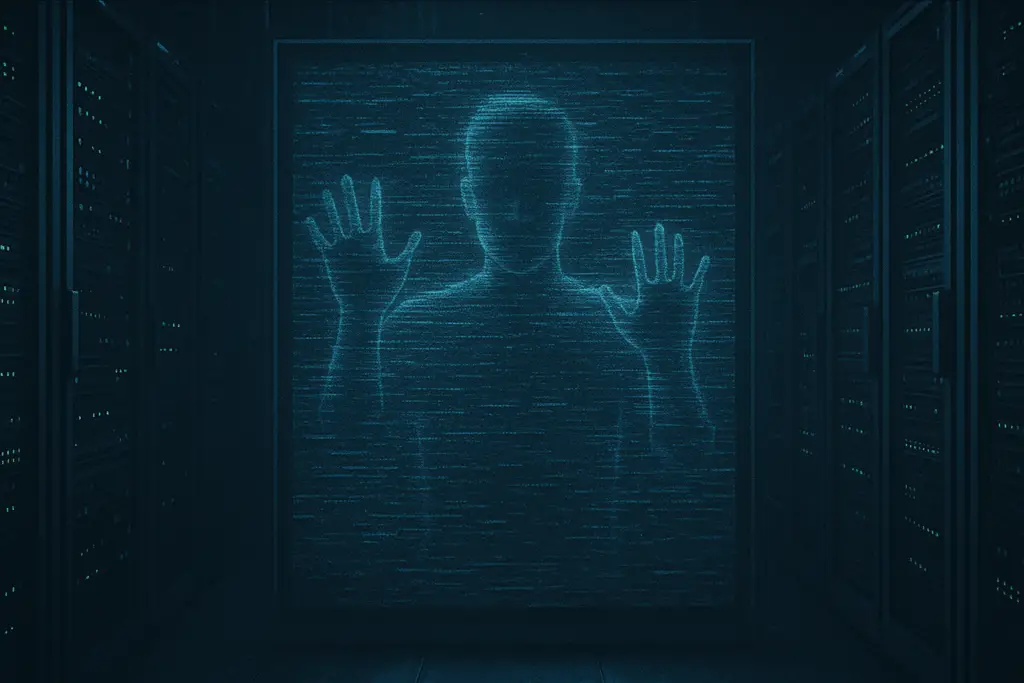
Societal Upheaval
The very fabric of society is built around the reality of finite lifespans. Digital immortality would shatter fundamental concepts like inheritance, family structures, and resource allocation. How would economies function? What about overpopulation (even digital minds consume resources)? How would our relationship with death, grief, and the meaning of life change if mortality became optional for some? Source: LinkedIn, “AI and the Ethics of Digital Immortality”
The Consent Problem
What about uploading the minds of children, or individuals who are severely disabled or comatose and cannot give informed consent? The potential for abuse and the ethical implications are staggering. Who decides if someone else gets to live forever digitally, and under what conditions?
The ethical questions pile up quickly, painting a picture far more complex and potentially darker than the simple promise of escaping death.
Digital Ghosts in the Attic: Today’s Echoes of Immortality
While true mind uploading remains science fiction, we’re already seeing the nascent stages of related technologies – creating digital echoes of the departed, sometimes called “grief tech.”
Several companies and platforms now offer services that use AI to create chatbots or digital avatars based on the data left behind by deceased individuals. Think Replika, HereAfter AI, or You, Only Virtual. These systems analyze text messages, emails, social media posts, and sometimes voice recordings to create a digital persona that mimics the communication style and personality of the person who died. [Source: Find specific articles reviewing these services or discussing “grief tech” ethics – Need citations]
May you also like: The Dead Internet Theory: Are You Talking to Real People Online—Or Just Bots?
The goal is often to provide comfort to the bereaved, allowing them to interact with a semblance of their lost loved one. We’re also seeing increasingly realistic digital avatars used in virtual memorials or even integrated into metaverse platforms, preserving a visual likeness and sometimes programmed behaviors.
However, this burgeoning field of “digital ghosts” raises its own set of thorny ethical questions, mirroring some concerns about full mind uploading. Is it healthy for the grieving process, or does it create an unhealthy attachment to a digital facsimile? What about consent – did the deceased agree to have their digital likeness recreated and interacted with after their death? How accurate are these representations, and what happens if the AI says something inaccurate or hurtful? Who controls this digital ghost? Source: Kenneth Reitz, “The Digital Afterlife: Immortality in the Cloud”
It’s crucial to understand that these current technologies are not digital immortality or mind uploading. They are sophisticated pattern-matching systems creating interactive archives, not transferring consciousness. But they serve as a powerful, and sometimes unsettling, preview of the ethical and emotional complexities we’d face if uploading ever became a reality. They force us to confront questions about digital identity, legacy, and what it truly means to preserve a person.
Conclusion: Logging Off… Or Just Beginning?
The dream of digital immortality – of shedding our mortal coils and achieving eternal life in silicon – is a potent one, tapping into our deepest fears and desires. It promises an escape from decay, disease, and death itself. Yet, as we peel back the layers of hype and science fiction, the path to uploading our consciousness remains fraught with obstacles so immense they border on the insurmountable.
The technological challenges are staggering, requiring breakthroughs in neuroscience, computing, and AI that are decades, if not centuries, away. Even if we could build the machine, the philosophical questions loom even larger. Would the digital copy truly be you, preserving the continuity of your subjective experience, or just an extraordinarily convincing echo? Can consciousness truly be divorced from its biological roots?
And beyond the tech and the philosophy lies the ethical minefield. Issues of inequality, control, digital rights, the very meaning of existence, and the potential for unforeseen psychological or societal nightmares cast a long shadow over the utopian vision. The “grief tech” we see today, while not true uploading, already gives us a glimpse into these complex dilemmas.
So, could your consciousness live forever online? The honest answer, for the foreseeable future, is a resounding “probably not” – at least not in the way we imagine. The quest for digital immortality tells us more about our human longing to transcend limitations and conquer death than it does about our current technological capabilities. Whether humanity should pursue this path, even if it becomes possible, remains one of the most profound and unsettling questions we might ever face. Are we reaching for the stars, or just building a fancier cage?
Maybe you also like:
Follow me on:
For more updates, visit: flashpointnews.com.br
